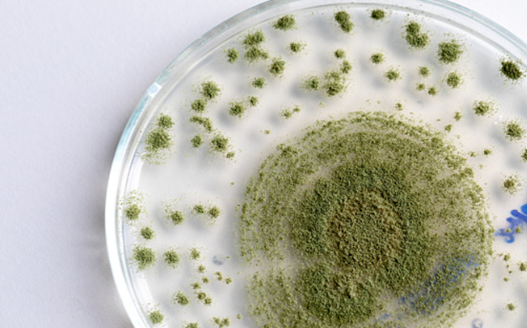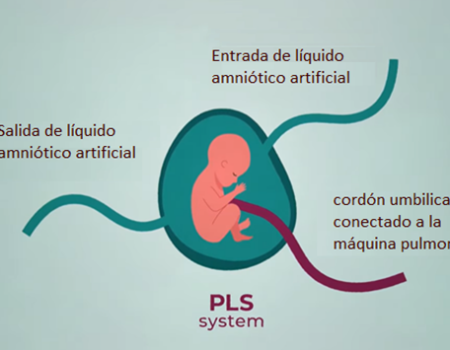
Full Time Professor – Bioengineering Department
Fuente: https://doi.org/10.1016/j.clindermatol.2015.10.003.
According to the Old Testament (Leviticus 13 – 14), leprosy, or at least skin-related infectious diseases are recorded and that is why we have known about this disease for thousands of years. According to the World Health Organization, leprosy is defined as an infectious disease caused by the bacterium Mycobacterium leprae, also known as Hansen’s bacillus. The disease mainly affects the skin, nerves, mucosa of the upper respiratory tract and eyes. In some cases, symptoms may appear 9 months after infection and in other cases may take up to 20 years. Leprosy is not highly infectious and is transmitted through close and frequent contact with untreated infected people. Leprosy is curable and the treatment provided considerably reduces the possibilities of disability.
Fuente de la imagen: https://images.app.goo.gl/bYd7y8eg6ytgwmag7
So, what is the relationship between leprosy and the liver?
A recent study published in the Journal of Cell Reports Medicine last November notes that the leprosy-causing bacteria can reprogram liver cells to grow new liver tissue, a skill that could help develop treatments to rejuvenate aged and diseased livers.
According to scientists at the University of Edinburgh in the UK, there has been the discovery that M. leprae performs what they have decided to call “biological alchemy” where it grows and spreads in the host tissue.
In 2013, this same group of researchers had reported that the bacterium causing leprosy could “sequester” genes from Schwann cells (cells of the nervous system), responsible for the formation of a lipid substance that helps peripheral isolation of nerve fibers. The bacteria reactivates developmental genes, causing Schwann cells to revert to a state of migratory cells, similar to stem cells, being able to move around the body and allowing the bacteria to infect other cells. According to the statements of one of the researchers “The bacterium that causes leprosy can promote the growth of liver tissue at the organ level and this in turn can lead to the development of therapies that can replace liver transplants”
Figura 1: Resumen del método de trabajo (Hess et al, 2022)
As part of the investigation, 9 armadillos, the natural host of the leprosy-causing bacteria, were infected and the infection was found to reprogram the liver completely towards a developmental stage. The infected animals had larger livers and immature cells in division, as well as a considerable expansion of blood vessels and bile ducts. Despite these findings, the livers were perfectly healthy, with no signs of thinning, injury or tumor growth. The infection had also activated anti-aging genes and disabled those associated with aging processes.
Tissue reprogramming is a promising area of research in regenerative medicine, but it still has some safety concerns. That is why uncovering the secrets of M. leprae could help develop safe reprogramming methods.
References
https://www.paho.org/es/temas/lepra
https://doi.org/10.1016/j.clindermatol.2015.10.003
DOI:https://doi.org/10.1016/j.xcrm.2022.100820




